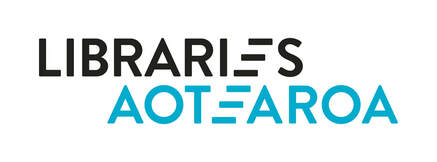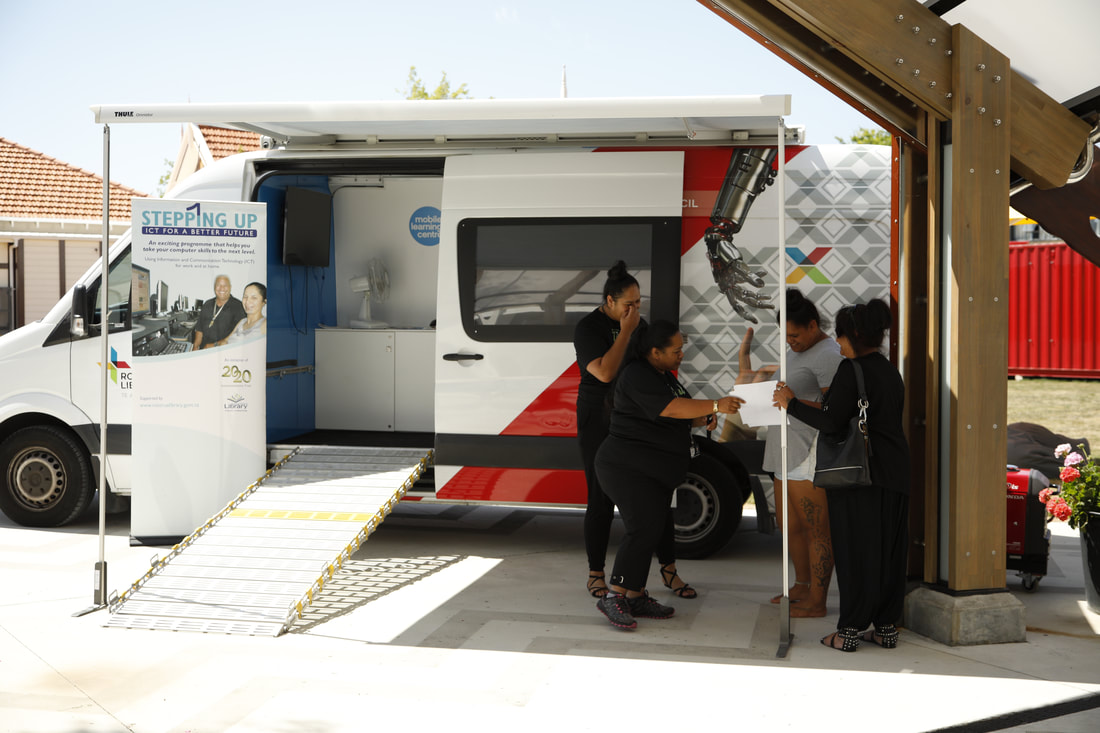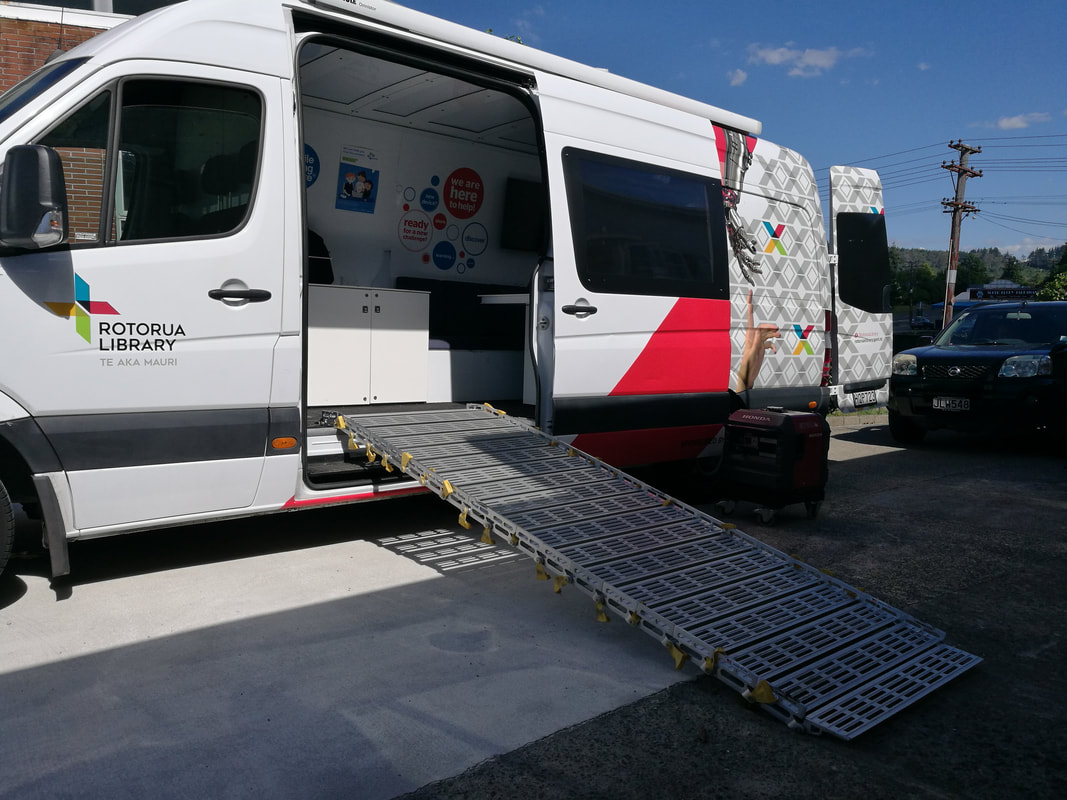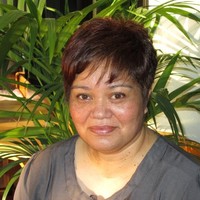The importance of Online Māori Information: What have we opened?
|
Linking people with knowledge It all began with a posting on our library social media networks. It had to do with workshops that we would run at the library. The workshops offered attendees the opportunity to learn how to use three websites – Māori Maps Online, Māori Land Online and the Māori Land Court Minute Book Index. When the information was posted we were unsure how many people would engage. The hard part was not developing the presentations for the workshops. The hard part was waiting to see how many people would engage after we put the information online and on social media. Would people engage? What they would say? What happened next was staggering and unexpected. |
In the first week we had an overwhelming more than 300 responses to our Facebook post. Workshop spaces filled rapidly and there was a demand for us to provide after work options. Wow! Why would three resources, Māori Maps Online, Māori Land Online and the Māori Land Court Minute Book Index generate so much interest and engage so many people? One of my theories links to a frequent question asked by customers, ‘How do I start my pēpeha?’ There isn’t one answer to give people who ask this question. However, it starts a conversation that can lead to many different threads of enquiry. The next question is usually, ‘Can you show me the book where my whakapapa is?’ If there was a published book that laid out all Māori whakapapa that would indeed be a precious taonga. However, for us mere librarians the most helpful resources are those that we create ourselves. The workshops were created as a response to these two questions. We created a learning opportunity using a trio of resources where one could learn about their marae, about their land and to link that with whakapapa and people.
|
Our celebration of the amount of people engaging with us on social media about the workshops was short-lived. The pre-workshop bookings were awesome but the 50% attendance rate on the day wasn’t. So what happened? We went through many theories and the most glaring one was timing – too much time had passed between booking and attending the workshops. Due to scheduling needs of a shared space, weeks had passed and the enthusiasm of the attendees had waned. It seemed that our moment in the sun passed us by. We ran workshops and attendees left armed with new skills, knowledge and increased confidence, but the hype had all but fled. Attendees had found the workshops, ‘helpful and informative’ and found that the resources ‘would help make their research easier’. Lesson learned and it wasn’t the end of our journey.
A bright patch came in the form of an opportunity to present at a local marae. What an unexpected and very welcome outcome! Working with our library’s Kaiurungi Mātauranga Māori Librarian, we set a date and time with the marae trustees and rocked up to the marae in our brand new Te Waka Pounamu (technology) van along with the Te Waka Mātauranga (mobile library) van. |
We knew that the workshops would be small but what helped us stay on track was the feedback from marae attendees. There were a few differences to the flow of information. Usually, when we run these workshops in the library we don’t provide notes. However, workshop attendees at the marae requested notes to take home. I found particularly encouraging the fact that workshop attendees were people who normally wouldn’t set foot in the library. A conversation I had with a mother after the workshop was encouraging. Her son who ‘typically doesn’t interact with people engaged regularly throughout the session’.
One of the advantages of physically getting out into the community is having that face-to-face engagement. Feedback is all very well, but cannot replace talking to someone in person. People that we engaged with on our marae visit were captivated with our Te Waka Pounamu van. This gave us the opportunity to promote our services both within and outside of the library walls. It was interesting to see that people’s perceptions of library staff and the library itself was very different in the marae setting. People seemed to be more at ease when questioning what we do and what we offer. From questions on the Māori Land Court Minute Book Index, ‘Does the Māori Land Court Minute Book Index include information on land succession?’ and ‘What programmes in te reo does the library have?’ are questions that we don’t often hear through our normal channels of communication. Other questions posed by attendees such as, ‘How far back does the whakapapa go in the Māori Land Court Minute Books go?’ and ‘Can I learn about succession to Māori land or setting up a whānau trust at this course?’, urged us to keep going with the workshops and offer other options within the library.
Our marae visit sparked some reflective thinking. Two questions surfaced.
The first question was, ‘Why this resurgence and interest in databases/websites, which have been available for some time?’ One theory is that perhaps the interest was always there but social media helped the resources appear on people’s radar. I was also reminded that social media allows people to voice their enthusiasm, show an interest in something and ask questions.
The second question, ‘If these resources are creating such as interest now, why haven’t we as a profession cornered the information market on it before?’ To this question, I have no theories.
One of the advantages of physically getting out into the community is having that face-to-face engagement. Feedback is all very well, but cannot replace talking to someone in person. People that we engaged with on our marae visit were captivated with our Te Waka Pounamu van. This gave us the opportunity to promote our services both within and outside of the library walls. It was interesting to see that people’s perceptions of library staff and the library itself was very different in the marae setting. People seemed to be more at ease when questioning what we do and what we offer. From questions on the Māori Land Court Minute Book Index, ‘Does the Māori Land Court Minute Book Index include information on land succession?’ and ‘What programmes in te reo does the library have?’ are questions that we don’t often hear through our normal channels of communication. Other questions posed by attendees such as, ‘How far back does the whakapapa go in the Māori Land Court Minute Books go?’ and ‘Can I learn about succession to Māori land or setting up a whānau trust at this course?’, urged us to keep going with the workshops and offer other options within the library.
Our marae visit sparked some reflective thinking. Two questions surfaced.
The first question was, ‘Why this resurgence and interest in databases/websites, which have been available for some time?’ One theory is that perhaps the interest was always there but social media helped the resources appear on people’s radar. I was also reminded that social media allows people to voice their enthusiasm, show an interest in something and ask questions.
The second question, ‘If these resources are creating such as interest now, why haven’t we as a profession cornered the information market on it before?’ To this question, I have no theories.
|
Ani Sharland MLIS, RLIANZA Heritage & Research Lead, Rotorua library:
I came to the library profession via my sister who still works in this field. Following some research I helped her with, I thought it would be a profession that would suit me as opposed to going into the psychology profession which was where my initial qualification would have led me. I followed my children to their school library as a volunteer and decided to do my library qualification. I started in school libraries, had a short stint in an academic library and found that my passion lay in public libraries. I found my niche in heritage and research and currently work as the Heritage & Research Team Lead at Rotorua Library, with a great team. |



